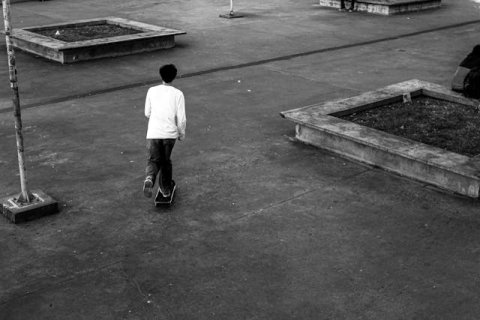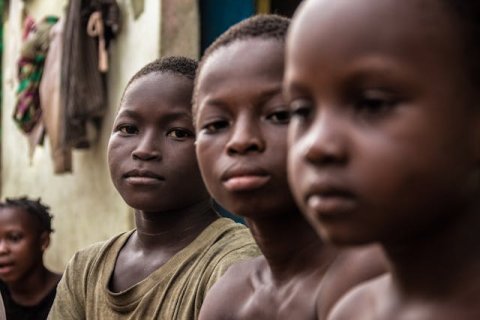News
A new guidance by the Centre for Justice Innovation and the Youth Endowment Fund offers recommendations to police forces on diversionary measures for children. It draws on global evidence-based research that analyses the impact of diversion on children who are at risk of coming into contact with the justice system following an encounter with the police.
In their Annual Report 2024, the Chilean Ombudsperson for Children studies the state of children’s rights in the country in different areas, dedicating a specific section to child-friendly justice.
The report begins with a description of the Ombudsperson’s actions between July 2023 and June 2024 to defend, promote and strengthen these rights, from its head office in Santiago and its regional offices in Arica y Parinacota, Tarapacá, Antofagasta, Coquimbo, Valparaíso, O'Higgins, Biobío, La Araucanía and Aysén.
Human Rights Watch has published a new report focusing on the cases of young people who are prosecuted by the adult justice system in New Jersey, instead of the juvenile justice system, even though they were under 18 when the crime was committed. In this US state, the decision of whether to transfer these cases from juvenile to adult courts falls to the prosecutors. This transfer is known as a “waiver”. Judges can only intervene if there is sufficient evidence of an “abuse of discretion” on behalf of the prosecutor, which is very difficult to prove.
Last December, the Ministry of Justice and Human Rights of Peru published three documents - two reports and a comic - that highlight different aspects of juvenile justice in the country.
The first of the two reports contains the results of an inquiry into social educators working in juvenile detention centres. This inquiry is made up of 240 interviews carried out between November and December of 2023. The themes investigated include, among others, the sociodemographic characteristics of these social educators, their principle working conditions, the specificities of the functions that they perform and the strategies that they employ to achieve the goals of attitudinal change in the young people.
The Youth Endowment Fund researches the experiences of violence of young people in England and Wales
The Youth Endowment Fund YEF has surveyed over 10,000 teenage children aged 13-17 in England and Wales about their experiences of violence, over the past year. The findings are detailed across five reports, each focusing on a different aspect:
UNICEF has recently released a report titled “Children’s Involvement in Organized Violence”, which addresses the gaps in the understanding of this phenomenon and explores how children are drawn into violence through a socioecological lens, examining the pathways that lead them to participate across various types of armed groups.
In a recently published report, The Australian Government Institute of Health and Welfare presents the results of its research on young people under youth justice supervision during 2022–23 who had had an interaction with the child protection system in the past 10 years. The report highlights the following data:
The Alliance for Youth Justice of England and Wales has published a briefing explaining the necessary changes that policymakers should take to improve the youth justice system.
The National Youth Justice Network (NYJN) has recently published their ‘2023 Youth Policy Advances’, a report which details a total of 99 policy changes in juvenile justice that were achieved in 2023, spanning 30 US states.
The African Child Policy Forum (ACPF) is a Pan-African, non-profit institution that engages in policy research and dialogue with the aim of advancing the well-being of children in Africa. In connection with its research into the challenges faced by children in conflict zones, it has recently published a report that investigates the experiences of children who are arrested and detained by the state due to their alleged associations with armed groups. ‘Deprived of Liberty, Denied Justice: Double Jeopardy for Children in Conflict Situations in Africa’ calls for children in conflict zones to be treated primarily as victims, not as perpetrators or a threat to the security of the state.









